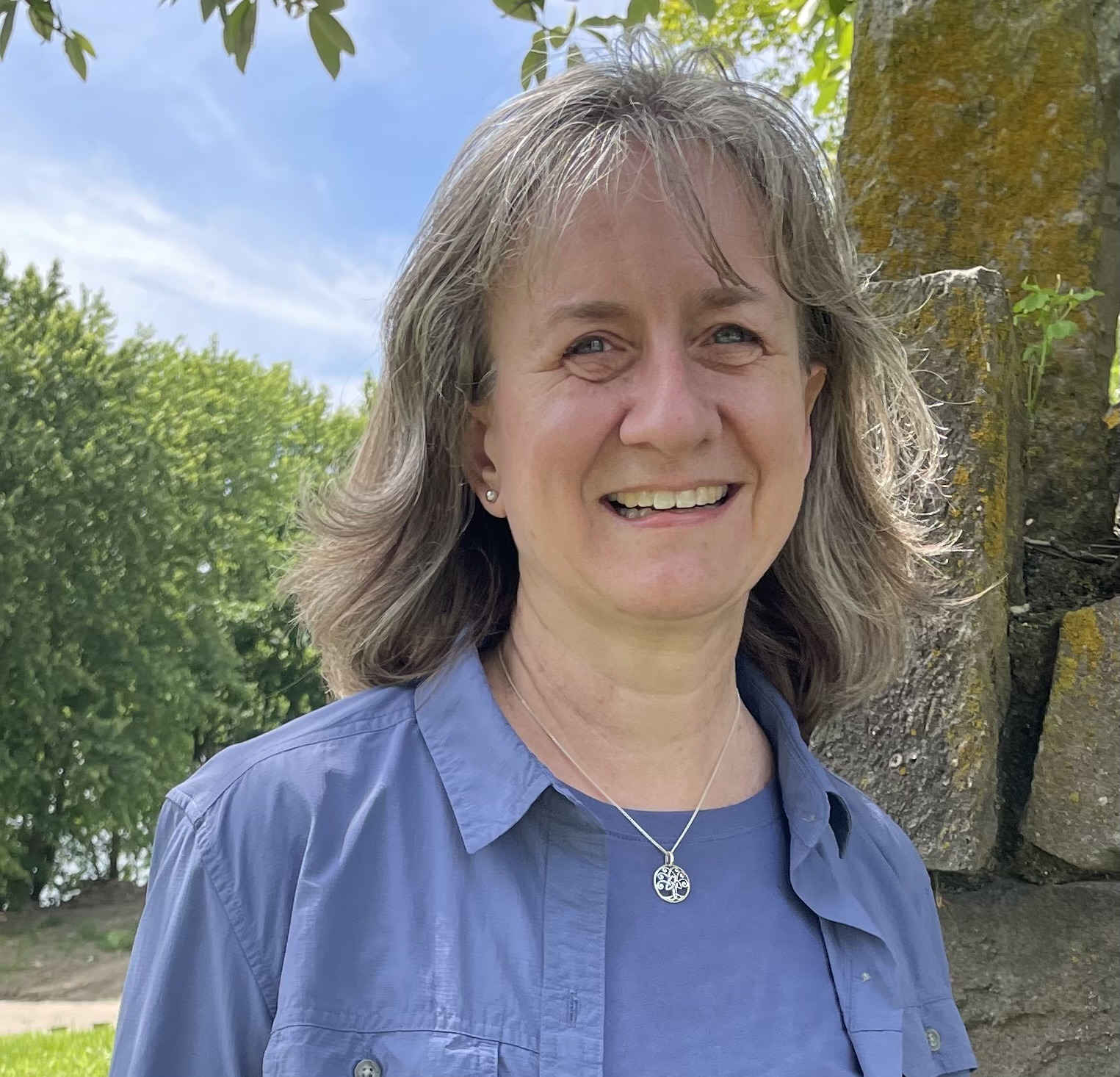For this reason I bow my knees before the Father, from whom every family in heaven and on earth is named, that according to the riches of his glory he may grant you to be strengthened with power through his Spirit in your inner being, so that Christ may dwell in your hearts through faith—that you, being rooted and grounded in love, may have strength to comprehend with all the saints what is the breadth and length and height and depth, and to know the love of Christ that surpasses knowledge, that you may be filled with all the fullness of God. – Ephesians 3:14-19 (ESV)
Reflection
Towards what story are you traveling? That’s the big question of any pilgrimage.
When going to Jerusalem or Santiago de Compostela the story seems clear. Pilgrims long to walk in the footsteps of Jesus or stand at the tomb of St. James, following the paths that millions have taken before to come closer to God. For centuries these and many other pilgrimage centers have held the promise of miracles because heaven and earth have met there before – the transcendent God became immanent.
However, as Paul reminded the Ephesians it is not necessary to travel to a specific location for the transcendent to become immanent. We can be “strengthened with power through his Spirit” wherever we reside. This too can be a pilgrimage as we strive to recognize this reality in our lives. At times these inner journeys can be as arduous as any rocky path.
Whether the goal is a physical location or an internal change, these stories towards which we travel, so called sacred centers, orient pilgrimages. As pilgrims journey along the roads to that goal, they encounter the stuff of transformation – both of the understanding of that center and of the pilgrim. Simon Coleman writes that “Landscapes . . . allow for different routes to be taken and can be interpreted variously by those who move through them, but they also orientate travelers in ways which the latter cannot entirely control” (213).
So, what is the sacred center of a pilgrimage within the academy? Is there a common story that people are following? Referred to as temples of learning, universities can have religious-like auras surrounding them whether God is acknowledged or not. Often these institutions have become the arbiters of justice, of culture, of morality. They are the places where many scientific breakthroughs occur and where the next social justice issues often rise to the surface. They are places of change that draw students and faculty into journeys of transformation.
For many, the story of the academy is a call to follow the story of human reason and progress. Though it may seem that more time is now spent tearing down human reason in some disciplines, many scholars continue to be drawn to the exploration and intellectual pursuit inherent to the academy. They want to be part of the next great idea, improve the world through research, or gain a certain authority to speak and be heard. Reaching that goal becomes the sacred center on an academic pilgrimage.
As with religious pilgrimages, sometimes that journey does include travel to an actual place that inspires, if even for only a brief time. I have stood outside the pub in Cambridge, England where Francis Crick announced that he and James Watson had found “the secret to life” after proposing the structure of DNA. I have strolled along Addison’s Walk of Magdalen College in Oxford where C. S. Lewis passed time with friends and delved into arguments for Christianity. Both places pointed to stories of men who were seeking an understanding of truth. They were moving towards sacred centers, whether they would have called it that or not, and were changed along the way.
Though God has blessed humans with reason and the truth we discover through this reason is God’s truth, these gifts can easily become the stories that we are following, instead of the Giver of the gifts. In his letter Paul also reminds his readers that the love of Christ surpasses knowledge and in this is the fullness of God. So, one could say that Christ is within the knowledge we encounter on campus. Seeing Christ as part of the sacred center of our journey in the academy enlarges that center. It is no longer limited by human reason, but contains the fullness of God.
With this center drawing us on a journey, we have a new orientation. Instead of finding our identity, or losing it, in a scientific discovery or historical treatise, we have a freedom to explore even if we never publish a world-changing article. We are part of God’s larger work. Thus, the Christian’s center on this pilgrimage in the academy looks different – Christ within our work. As we start with Christ, all that we encounter can be sacred and our lives turn into that pilgrimage.
Since this is neither a natural nor easy sacred center to follow within most of our institutions, just as Paul prayed that Christ may dwell in the hearts of the believers in Ephesus, we would do well to pray that for one another.
Questions
- What is your sacred center? To where are you journeying now?
- How is Christ part of the center?
Prayer
Lord, Thank you that you desire to be the center of our pilgrimage here on earth. Help us to see that reality as we move through the academy or any place. Amen.
Further Reading
Coleman, Simon, and John Elsner. Pilgrimage: Past and Present in the World Religions. Cambridge, Massachusetts: Harvard University Press, 1995.
Image courtesy of P.Lameiro, Wikimedia Commons: http://commons.wikimedia.org/wiki/File:Caldas,_camiño_Portugués_01-09a.JPG
![]() Note: Part of a Scholar’s Compass series on Pilgrimage. Related: Resources focused on the graduate school journey. Help ESN Create a Devotional for Scholars.
Note: Part of a Scholar’s Compass series on Pilgrimage. Related: Resources focused on the graduate school journey. Help ESN Create a Devotional for Scholars.

Jamie serves with InterVarsity Graduate and Faculty Ministries as an Associate Director of Faculty Ministry and as interim Director of the Emerging Scholars Network. Among other things, in this work she enjoys the opportunity to put into practice her doctoral research in literary pilgrimage and training in spiritual direction. She also ministers with the local faculty community at the University of Cincinnati.


Leave a Reply